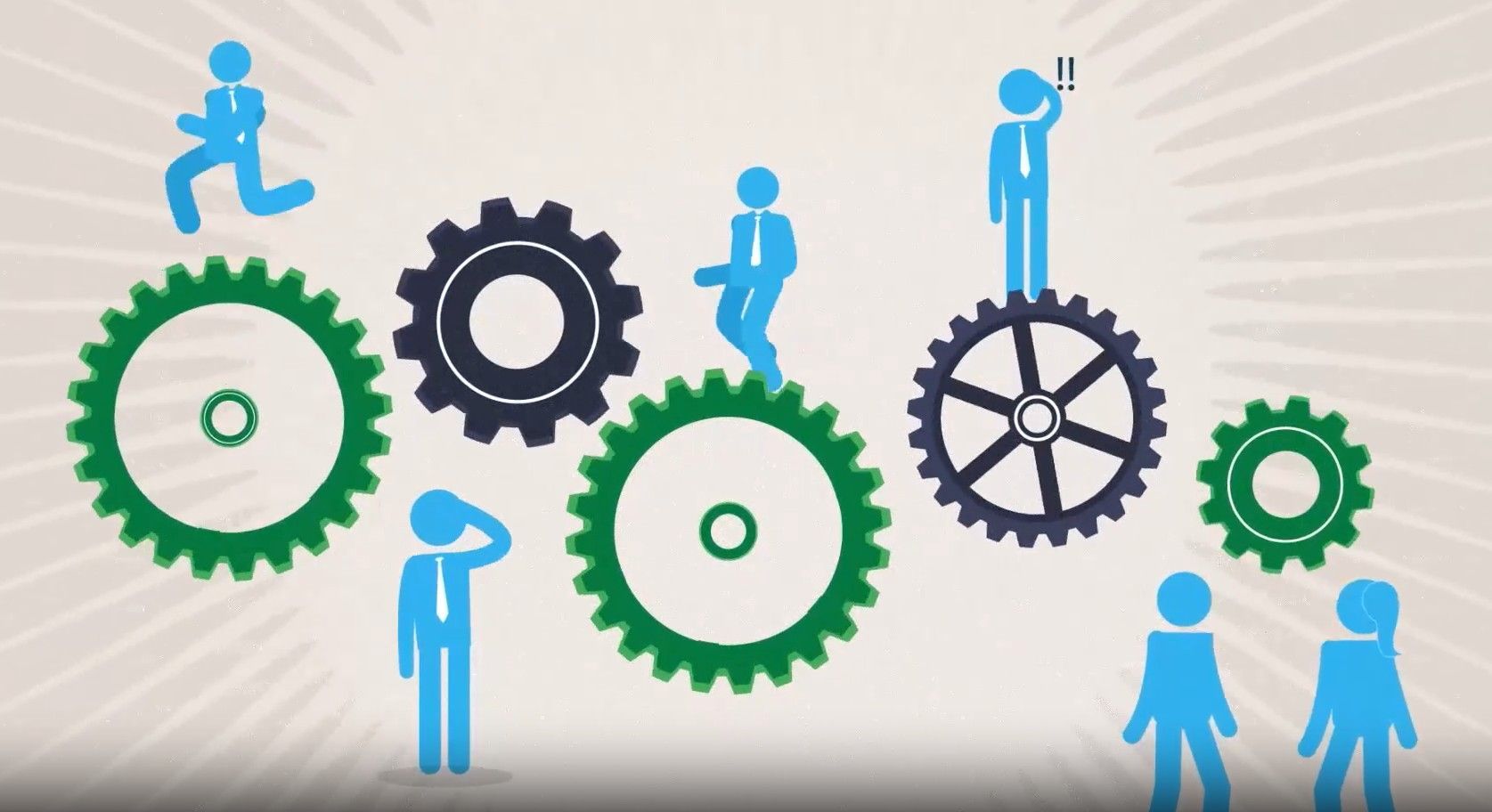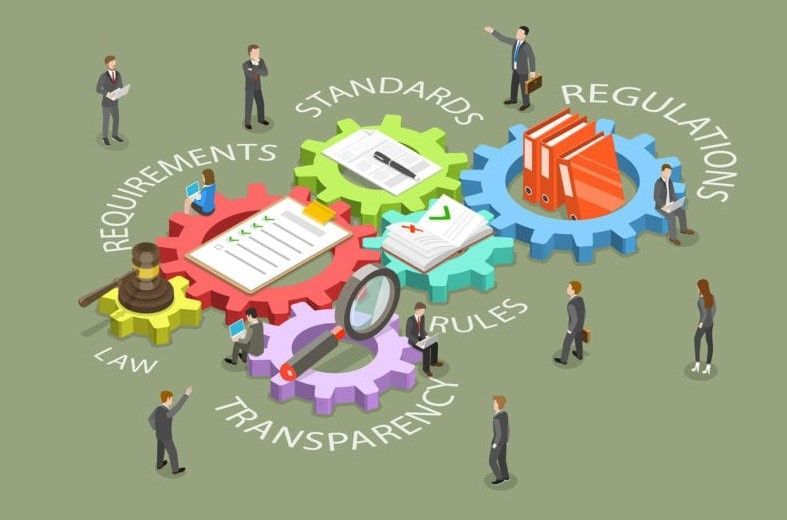3 Hidden Sales Builders You (and Your Team) Need to Know
August 14, 2025
Top producers perform these “duties,” as they call them, to invest in the long-term success of their companies and their careers.
We know that the very best salespeople are skilled at delivering value during the sales process. They know that’s fundamental to being a top producer. They know multiple ways to deliver value and how to use them effectively. We’ve identified 20 different ways.
But they also perform three other under-the-radar functions, which they regard as responsibilities, or duties. Top producers hold themselves accountable for:
| 1. | Selling their solution as being slightly better than it actually is. |
| 2. | Using their persuasive sales skills inside their company —but for a different purpose. |
| 3. | Being a productive conduit for new product ideas and other market intelligence. |
What do we mean by each of these self-imposed responsibilities? How do they help top producers perform so well?
Duty #1: A Questionable Path?
Doesn’t selling a product or service as being better than it is sound dubious at best, dangerous at worst? “Over-selling” is generally considered bad business for several good reasons. But that’s not what we’re talking about here. Selling the solution as “slightly” better isn’t meant to influence the sale itself, though it might help. Instead, it’s meant to push the seller’s own company to become better, to “grow into” the next incremental level of quality. The goal is for the company to meet “slightly” higher customer expectations by habitually identifying and implementing attainable incremental improvements. Such pressure from customer expectations driven by the sales force offers a company the opportunity to stay well ahead of its competition
Duty #2: Selling on the Inside
When the marketplace says that the seller’s conditions or processes must improve, it’s not enough for salespeople to listen for that message and let management know when they hear it. They must take the next step to convince leadership to do something about it. They must use their persuasive skills to effect change.
Why does sales have to get that involved? Poor product quality, long production lead times, delivery delays, more defects and field failures, and less responsive customer service affect business development success—your success—directly and negatively. Bringing in new business and retaining business from customers becomes more difficult, even impossible.
For example, one of our clients is growing through acquisition. Problem is, quality and “the customer experience” at different company locations has become painfully inconsistent. Interviews with customers revealed that, yes, some were “raving fans.” Unfortunately, others were not. One, in fact, complained that he “would use anybody else” if alternative services were closer.
Sales must listen for this kind of information and then use it to push for internal improvements. Otherwise the company is opening a door and inviting its competitors to walk through it.
Helping management to see such challenges clearly is as important, even more important, than bringing in new customers. Customer retention is fragile and has to be nurtured. In a constant quest for new customers, salespeople too often let service slide, sometimes across the board. When it comes, the exodus isn’t a gradual downward trend of losing one customer and then another sometime later. Not at all. It’s a cliff. Several customers fall off all at once. Guess who’s there to help them get back on their feet?
Another issue that persuasive inside sales skills can resolve is inadequate production capabilities. In just the past two weeks, we learned that one of our manufacturing clients had scored a major coup by taking business away from a strong rival at a large account. Salespeople were heroes. Everyone was celebrating until it became clear that engineering was stretched thin and simply could not keep up with the current demands. A second competitor swooped in, winning at least the most recent round of work thanks to more responsive engineering. The door is now open.
The fastest way for a growing company to fail is to outgrow its capabilities. In football, it’s known as “outkicking your coverage”. The kicker boots the ball so far that the opposition’s return specialists catch it and are already running before tacklers get to them.
Salespeople must use their persuasive sales skills here to persuade management to build critical resources that will keep up with topline growth. If you’ve tried without success, you probably need the stronger persuasive (not educational) skills the best salespeople employ.
Duty #3: Sales and Market Intelligence
Serving as an effective new product development conduit doesn’t mean overwhelming management with every request from every customer. But it does mean using your time in the field to listen not only for problems to fix with better service but also needs to satisfy with new or better products. Top producers provide value because they know how to filter ideas the market suggests (even if unwittingly). New product and service developers can then better prioritize which ideas are worth working on. We teach the discovery skills that enable this activity.
The best business-to-business salespeople know the 20 ways to create value for prospects before they become customers. The very best also know how to use the three “hidden sales builders” to help their companies grow and accommodate demand for their products and services.
Do your salespeople lack the key communication tools to perform these three duties well? If so, please contact us and we’ll share our thoughts about how they can develop them. And be sure to ask us for “The 20 Ways to Create Value during the Sales Process.” We can be reached at 847-446-0008, Extension 1, or pkrone@productivestrategies.com.
Editor’s Note: Because we believe its message is “evergreen,” a version of “3 Hidden Sales Builders You (and Your Team) Need to Know” has appeared in this space before. We hope you’ll find it to be a valuable way to get a running start on the last few months of 2018!
The post 3 Hidden Sales Builders You (and Your Team) Need to Know appeared first on Productive Strategies, Inc..










